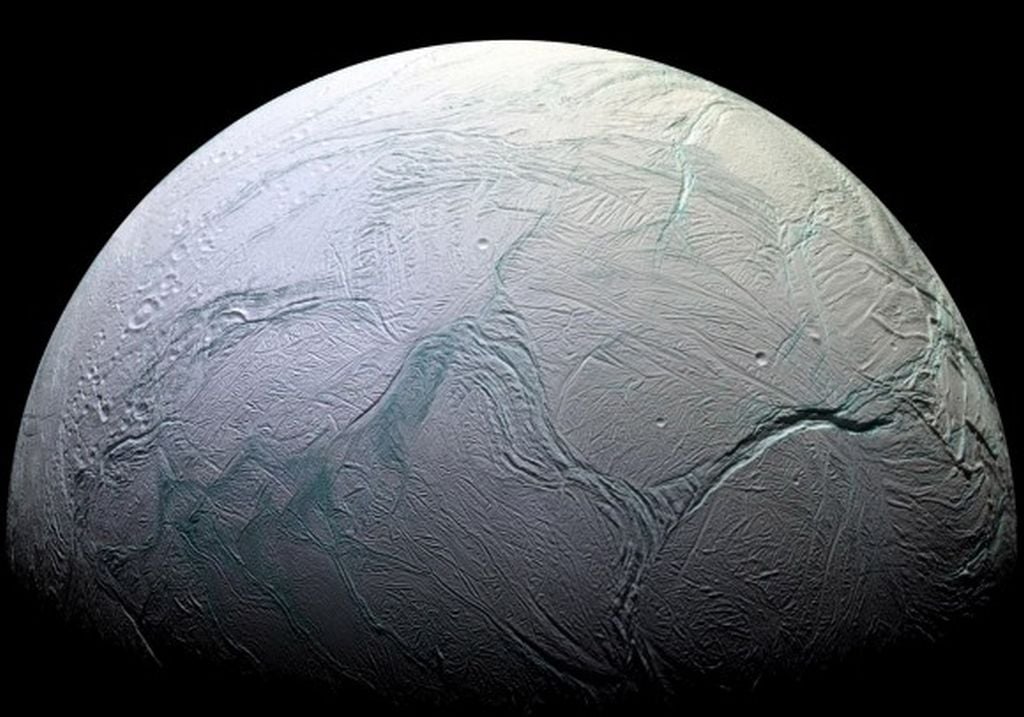
Continue reading

Continue reading

We don't know much about exoplanets with long orbital periods, but we're starting to learn.
Continue reading

Continue reading

Continue reading

Continue reading

In a new study, a pair of Harvard astrophysicists did the math on whether or not BLC1 is an extraterrestrial signal - and the results are not good!
Continue reading

NASA accomplished a major milestone today when it conducted a Hot Fire Test of the SLS Core Stage, firing all four of its engines at once.
Continue reading

The UK Space Agency recently contracted with the British Rolls Royce company to research nuclear propulsion, which could allow for all kinds of deep-space missions!
Continue reading

Continue reading

Continue reading

Continue reading

A image released by the MRO mission shows a landslide near the location where the Perseverance rover will land, illustrating how Mars is still a active world.
Continue reading

Astronomers have found evidence of faint gravitational waves using an array of pulsars in our galaxy.
Continue reading

Continue reading

Continue reading

The Gateway Foundation just released a video update for their Voyager Class space station, and announced that big news is coming in a f
Continue reading

Continue reading

A new study suggests that Solar Cycle 25 may be more powerful than previously predicted.
Continue reading

Dark matter within our galaxy is difficult to map, but a team of astronomers has used pulsars to measure its gravitational pull.
Continue reading

Continue reading

Continue reading

Continue reading

Continue reading

A new animation shows how SpaceX will "catch" the first stage boosters of their Starship, allowing for faster turnaround and more flights to space.
Continue reading

Continue reading

SpaceX just released a recap video of their SN8 making its first-ever high-altitude hop test. Soon enough, the SN9 will be doing the same!
Continue reading

The 2020 Mars City Design challenge inspired some truly innovative ideas for urban farming and living sustainably on Mars!
Continue reading

Continue reading

Continue reading

A recent addition to the list of possible resolutions to the Fermi Paradox: nobody is broadcasting because they don't want to be found!
Continue reading

A new measure of the cosmic microwave background supports an older universe, and raises more problems for cosmology.
Continue reading

SpaceX conducted another successful static fire test today in advance of a hop test that could be happening later this week!
Continue reading

Continue reading

What a proposed wooden satellite could (and could not) accomplish.
Continue reading

Continue reading

Continue reading

Continue reading

Continue reading

Continue reading

Combining data from two of the largest databases in the world, an international team of astronomers was able to doubledthe number of known high-velocity stars
Continue reading

Astronomers have made the cosmic distant ladder more accurate, but that has only made the mystery of cosmic expansion even worse.
Continue reading

According to VP Mike Pence, personnel serving in the U.S. Space Force will henceforth be known as "Guardians"!
Continue reading

Continue reading

The Mars Sample Return (MSR) program, a joint effort between NASA and the ESA to bring samples of Mars back to Earth, just moved into the next phase of development!
Continue reading

Continue reading

Continue reading

NASA contractor Howe Industries just presented their design for a "steampunk" engine that could allow satellites to maneuver, without the need for toxic propellants or heavy engines.
Continue reading

Continue reading

Continue reading


















































